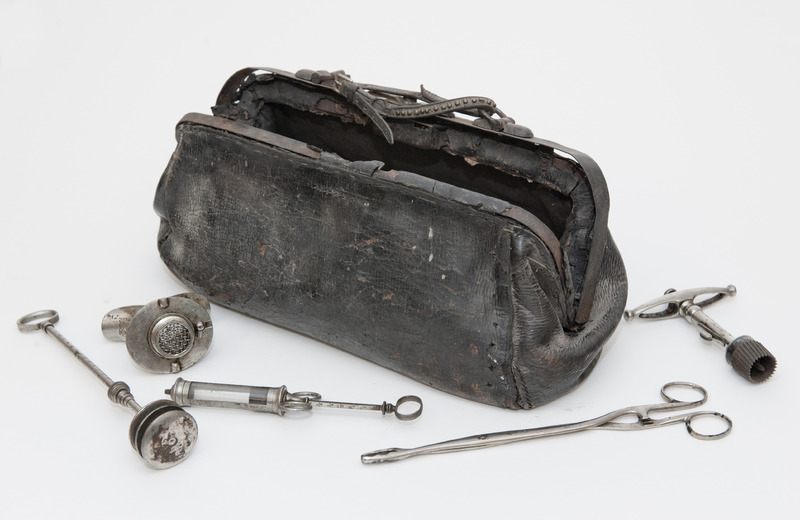Disease treatment and prevention was another major activity for the veterinarians of CAVC. Horses from other countries brought endemic diseases to the fields of Europe. Mange, equine influenza, and glanders were all highly infectious horse diseases that raised constant concern, given the existing conditions. Veterinarians had to quickly treat or isolate and destroy infected animals or risk bringing war’s engine of movement to a complete halt. Arranging dip tanks for mange and administering vaccines for influenza became common tasks for CAVC. Preventative veterinary medicine, when possible, formed a final part of CAVC’s activities. Monitoring nutrition and hydration, dental and hoof care all ensured that animals were ready and able to perform the tasks asked of them. CAVC did this despite a chronic lack of funds and equipment.
By the end of the war, CAVC had treated thousands of horses, mules and other animals. Their work not only made certain that war’s mobility was maintained, but it also exposed veterinarians to a broad learning experience and gained the profession greater public visibility. The work and sacrifice of animals in World War I is often forgotten, and so too is the work of those who cared for them, some of whom made the ultimate sacrifice.
[1] For a more extensive biographical account of Colebourn as a veterinarian, see D.T. Ladry, “Winnie the Pooh and the Veterinarian Too: A Biographical Essay on the Life of Dr. Harry Colebourn, VBSc, MRCVS (1887–1947),” Veterinary Heritage 21, no. 2 (1998).
[2] For a thorough discussion of the structure of CAVC, see Cecil French, A History of the Canadian Army Veterinary Corps in the Great World War, 1914–1919 (Guelph: Crest Books, 1999).
Dr. Lisa Cox, Postdoctoral Research Fellow at Ontario Veterinary College, University of Guelph.
